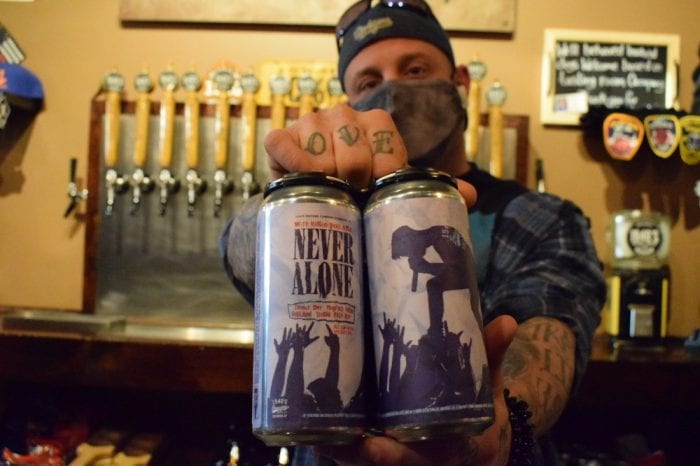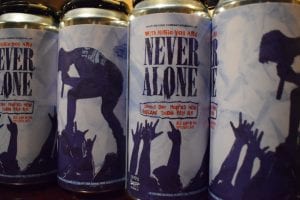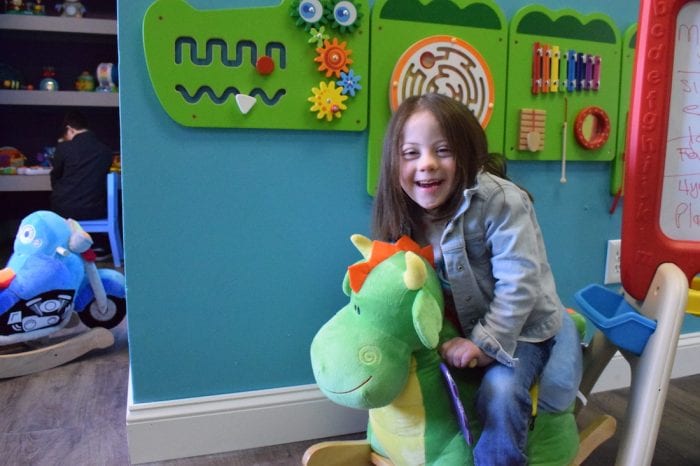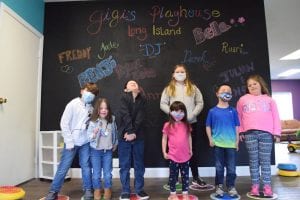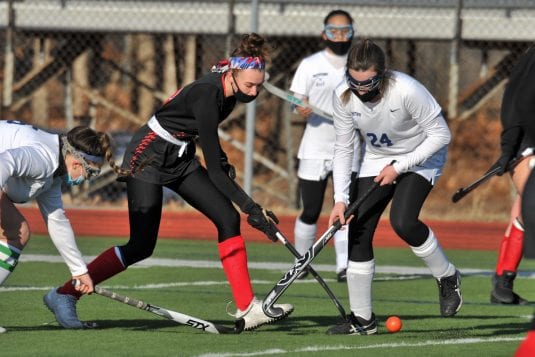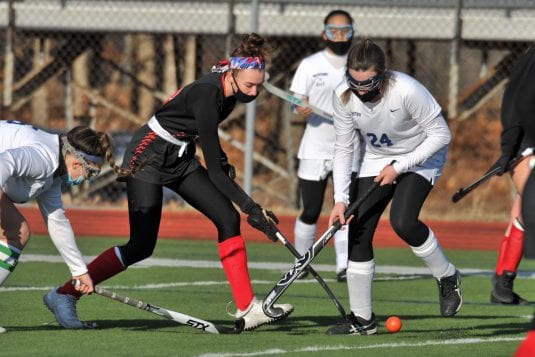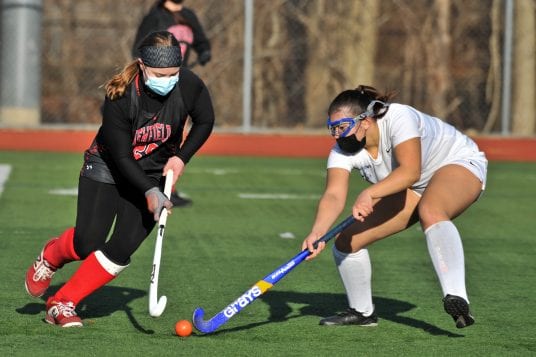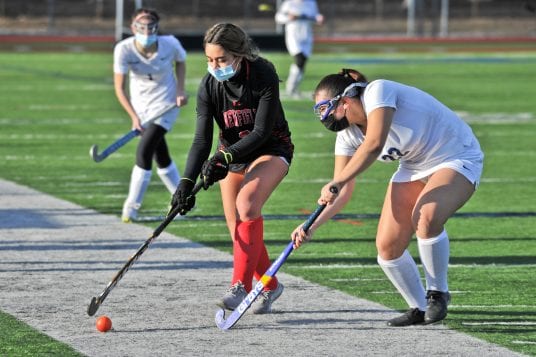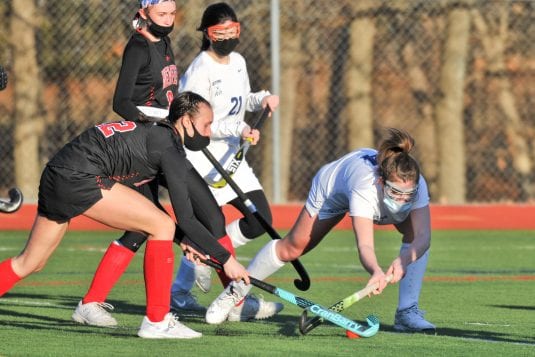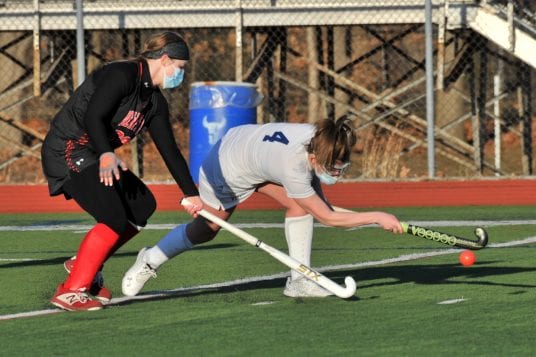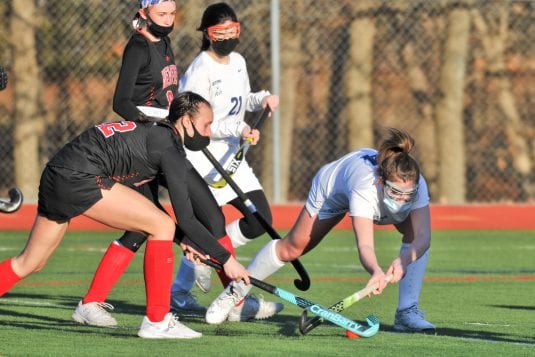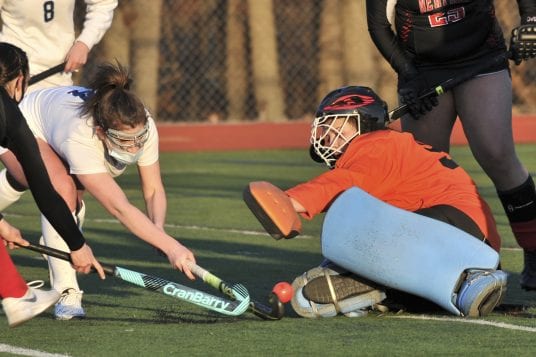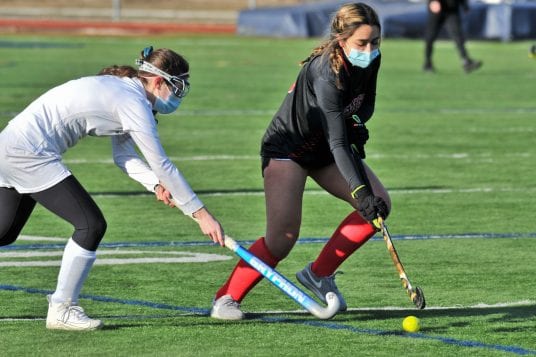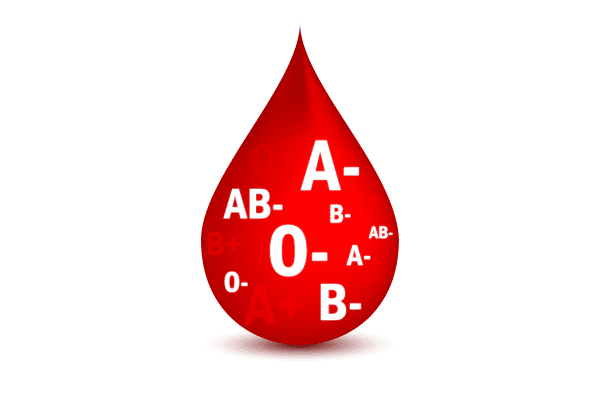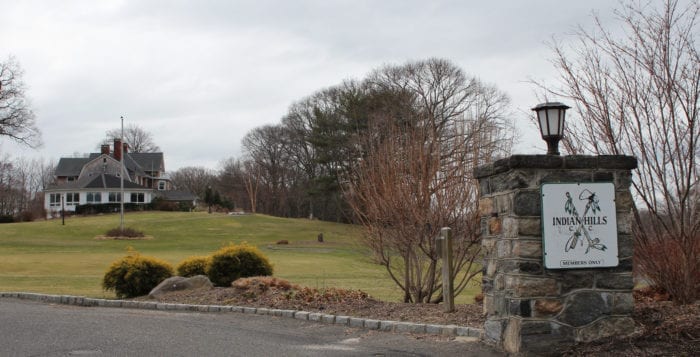By Iryna Shkurhan
In the Village of Head of the Harbor, two trustee incumbents, Daniel White and Jeffrey Fischer, are running for another two-year term March 16.
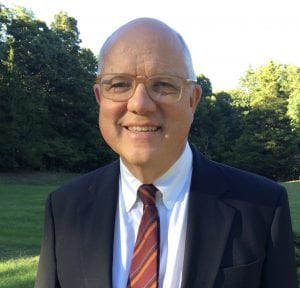
Both candidates are currently serving in their eighth year as trustees for the village. As a result of the pandemic, this past year brought new budget challenges due to a shortfall of court and sales tax revenues. But both candidates credit working effectively and diligently with their team to prevail through unforeseen circumstances.
“The village faces significant problems this year because we have a very tight budget as a result of a pandemic, and I think that I can contribute to the overall effective functioning and improvement of life in the village,” White said.
During his service so far, White worked with his fellow trustees to initiate modern radio communications for the highway trucks. Most recently he also helped secure funding for reflective stainless steel clips on the fire hydrants so the firemen can find them easily, even when covered with snow.
“It seems very small, barely worth mentioning, but it can make a significant difference in a situation where if it’s not there, it could be a problem,” White said.
White, 66, has worked as a fidelity lawyer for Chiesa Shahinian & Giantomasi PC firm for the past three years, specializing in fidelity and surety law. His past law experience includes serving as assistant district attorney in Kings County.
He has lived in St. James at intervals since 1965. Currently White and his wife reside in the home he grew up with their two labradors, Daisy and Holly.
White also served as president of Preservation Long Island, a nonprofit dedicated to preserving Long Island’s diverse cultural and architectural heritage, and completed his extended term in June. He also served on the organization’s board for 13 years.
White and Fischer align with the village statement on the proposed Gyrodyne development project in St. James, which raised concerns about negative traffic and environmental impacts on the village. They are concerned about the possible consequences of a proposed treatment plan on the property so close to Stony Brook Harbor and drastic changes to historic Route 25.
“I think that the historic corridor along Route 25A in that section is a resource that we must conserve and that we must preserve,” said White, who views the proposed location of the site as the “wrong place.”

Gyrodyne has proposed to subdivide its 75-acre-property to build a 150-room hotel with a restaurant, two assisted living centers, two medical office parks in addition to a 7-acre sewage treatment plant.
Fischer believes that a moratorium needs to be placed on this project until further studies are conducted on the environmental impact, as well as from a traffic standpoint.
“Our biggest concern right now is the potential Smithtown master plan Gyrodone property,” Fischer said. “It can have such a negative impact on our village.”
Fischer, 64, has lived in St. James for the past 27 years with his wife and two children. He is the president and CEO of Atlantic Business Systems, an IT company in Hauppauge that he started 33 years ago. During the past four terms as trustee, he served on the finance board and is responsible for maintaining and balancing the budget.
“With the financial shortfalls that were unforeseen, due to COVID, it’s been challenging,but you know, we’ve prevailed,” Fischer said.
He has also served on the zoning board of appeals for 17 years, for ten of those years he was chairman of the board.
Fischer spearheaded the joining of the St. James fire district for the village, rather than being a customer of the fire district. The initiative was approved this year, giving residents the opportunity to vote in the fire district elections and join as volunteers or commissioners.
“I love doing it,” Fischer said. “I work with a great team of people. Our mayor and my fellow trustees are outstanding people to work with, and we’re getting a lot accomplished.And, I really enjoy it.”
Voting will take place March 16 at Head of the Harbor Village Hall located at 500 North Country Road, St. James. The polls will be open from noon to 9 p.m.
“We live in a wonderful community and people are willing to help in all kinds of ways, and I want to work to focus on getting participation even greater, so that we can make things better,” White said.


